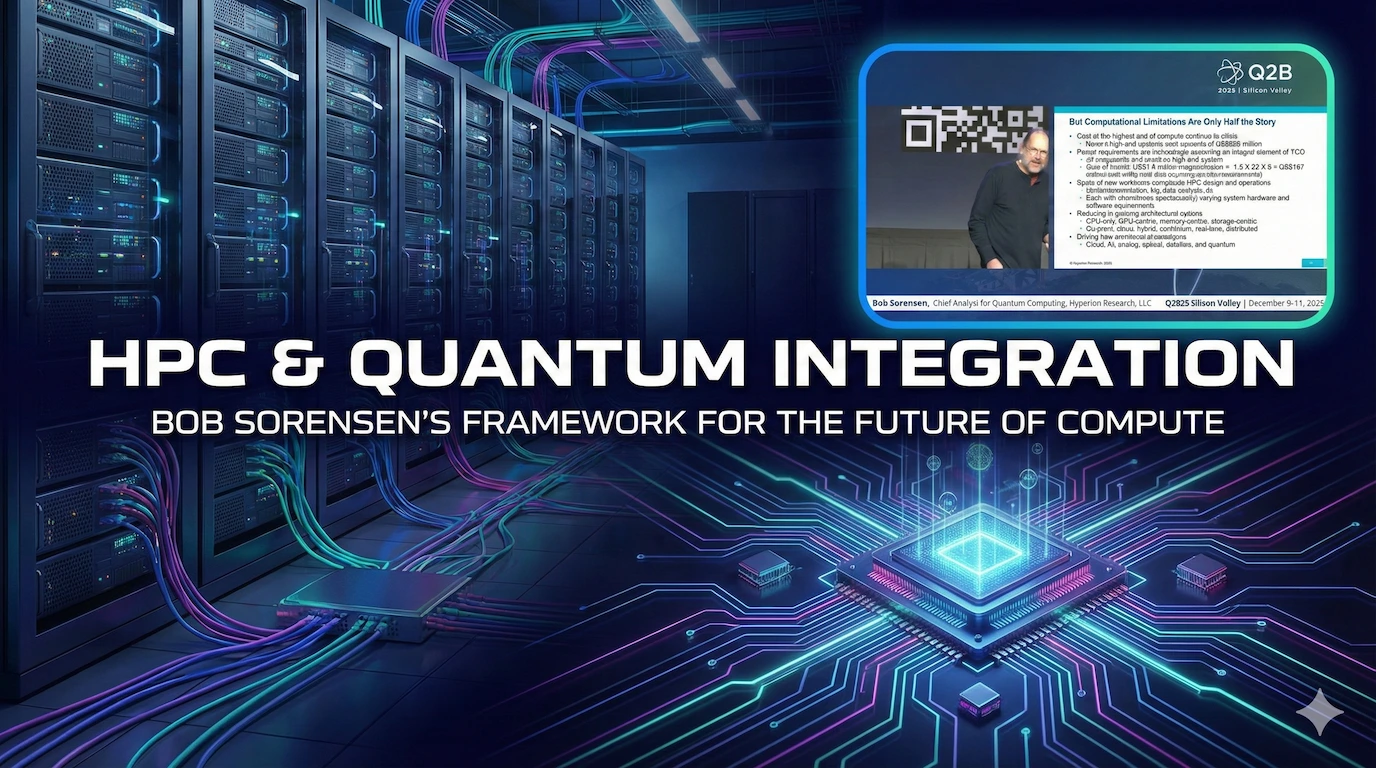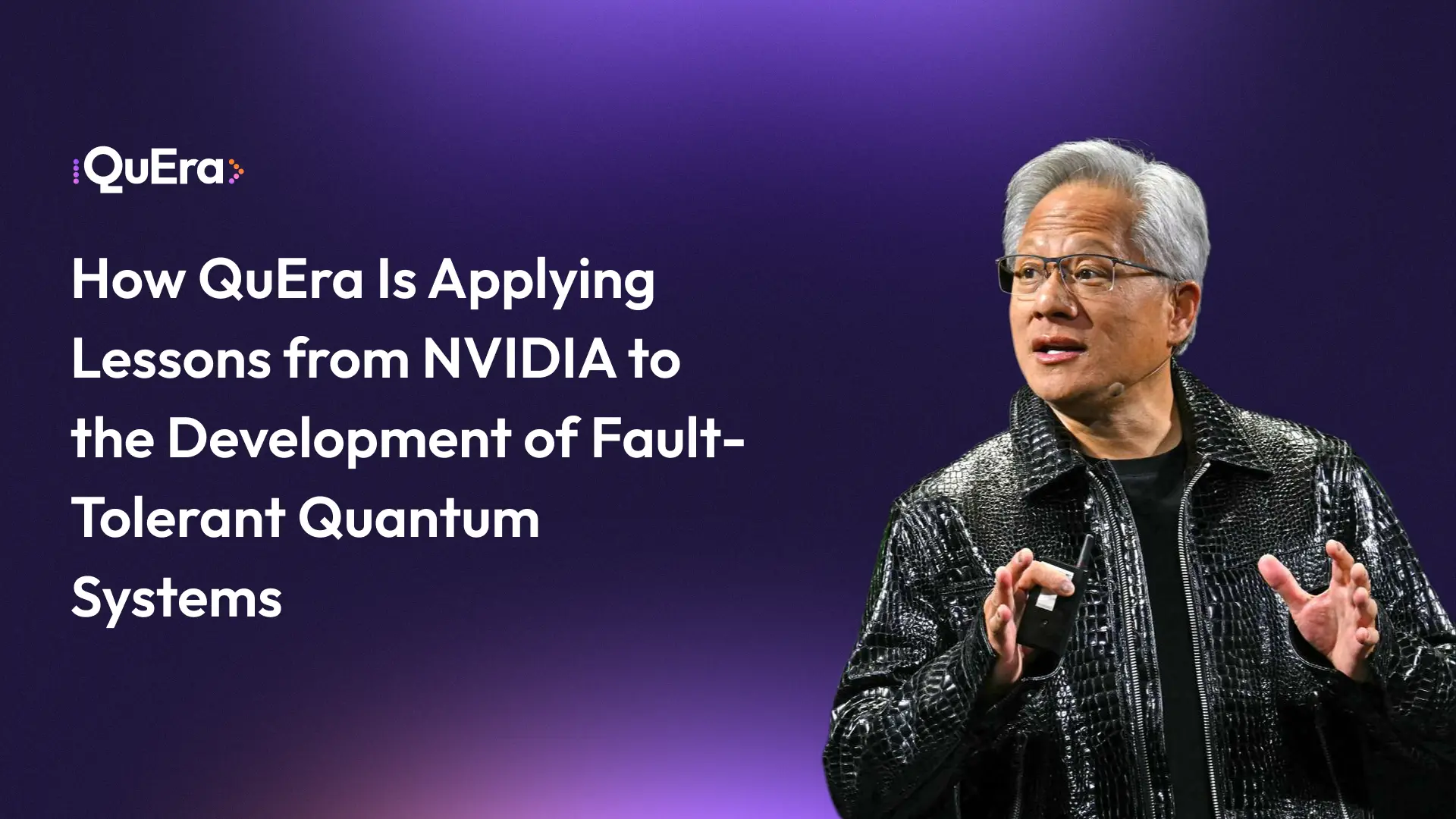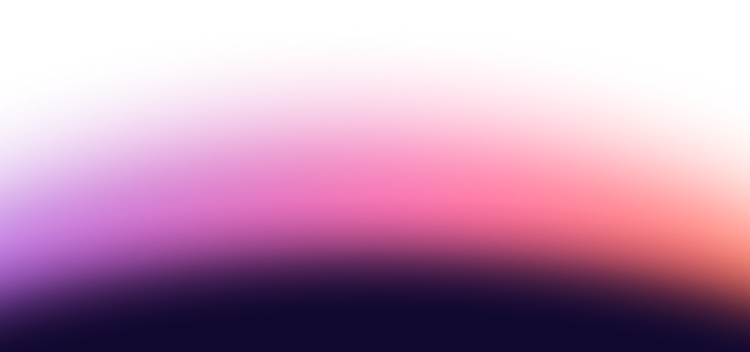Here are some scientific papers that caught our eye this month:
Quantum algorithms: A survey of applications and end-to-end complexities
In this month's publication, a team led by researchers from the AWS Center for Quantum Computing in Pasadena released a comprehensive review and survey detailing the complexities of quantum algorithms. There is a global effort to identify the most economically and socially meaningful applications of quantum computing. In this context, the team's rigorous and methodical approach is a very welcome contribution. One of the primary focuses of the research is the realization that the literature on quantum computing lacks full end-to-end analyses of the costs and resources needed for quantum applications.
High-fidelity parallel entangling gates on a neutral-atom quantum computer
In April, we announced in this thread the achievement of 2-qubit gates with fidelities reaching 99.5% in Rubidium-based neutral atom quantum computers. This work has now been officially published in Nature, accompanied by two other significant advances in neutral atom technologies. These include mid-circuit erasure and high-fidelity gates in Ytterbium (Yb) and Strontium (Sr), as detailed in the respective Nature articles (Yb and Sr).
A scaled local gate controller for optically addressed qubits
Controlling large-scale quantum computers is a challenge. Laser-based control allows for incredible multiplexing of channels in a way that is highly economical in space and energy. In this work, researchers from Princeton and Duke Universities demonstrate a controller for 10,000 qubits based on off-the-shelf components. This controller may be relevant for several qubit architectures, including neutral atoms, ions, and solid-state atomic defects.
A streamlined quantum algorithm for topological data analysis with exponentially fewer qubits
Topological data analysis is gaining traction in protein structure analysis. This work also highlights its application in identifying coverage gaps in sensor networks and isolated areas in voter preferences. The authors have developed a quantum algorithm for calculating persistent Betti numbers. This algorithm offers polynomial speed-up and requires exponentially fewer resources than the best-known classical alternatives. Demonstrations of new speed-up algorithms are always a welcome addition!




.webp)





